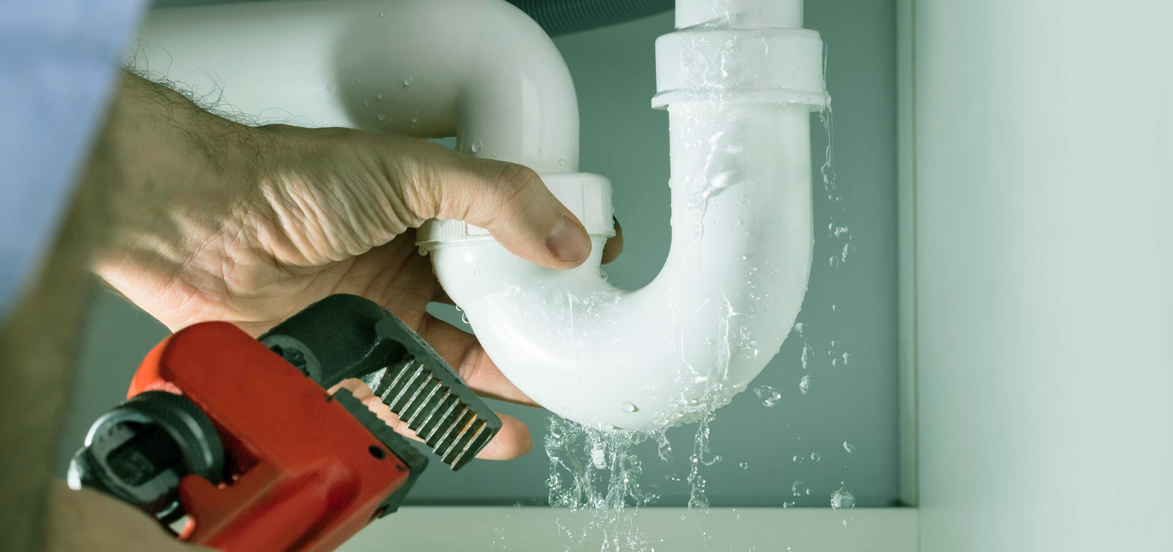Exactly how to Inspect If Your Home Has a Covert Leak
Exactly how to Inspect If Your Home Has a Covert Leak
Blog Article
The publisher is making a number of good pointers relating to Locating water leaks overall in this article underneath.

Early discovery of dripping water lines can reduce a prospective calamity. Some little water leaks may not be visible.
1. Analyze the Water Meter
Every home has a water meter. Examining it is a proven way that helps you discover leaks. For starters, shut off all the water resources. Make certain no person will certainly purge, use the faucet, shower, run the washing device or dishwashing machine. From there, go to the meter as well as watch if it will alter. Because nobody is using it, there must be no activities. If it relocates, that shows a fast-moving leakage. If you discover no modifications, wait an hour or two and also check back once more. This means you might have a sluggish leakage that might even be underground.
2. Check Water Intake
Evaluate your water costs and track your water usage. As the one paying it, you should notice if there are any inconsistencies. If you identify sudden changes, regardless of your intake coinciding, it indicates that you have leakages in your plumbing system. Keep in mind, your water bill should fall under the exact same range monthly. An unexpected spike in your expense indicates a fast-moving leak.
A stable boost every month, also with the very same habits, shows you have a slow-moving leakage that's likewise gradually intensifying. Call a plumber to extensively examine your home, especially if you really feel a warm location on your floor with piping beneath.
3. Do a Food Coloring Examination
30% comes from bathrooms when it comes to water intake. Test to see if they are running effectively. Drop specks of food shade in the container and also wait 10 minutes. If the color in some way infiltrates your dish throughout that time without flushing, there's a leak in between the storage tank and also bowl.
4. Asses Exterior Lines
Do not forget to check your outside water lines as well. Should water leak out of the connection, you have a loosened rubber gasket. One tiny leakage can lose bunches of water and also increase your water expense.
5. Evaluate the situation and also check
House owners must make it a practice to check under the sink counters and also inside cupboards for any type of bad odor or mold development. These two red flags show a leakage so punctual interest is called for. Doing regular examinations, even bi-annually, can save you from a significant problem.
Check for discolorations and weakening as the majority of appliances and pipelines have a life span. If you suspect dripping water lines in your plumbing system, do not wait for it to intensify.
Early detection of dripping water lines can reduce a potential disaster. Some little water leaks might not be noticeable. Checking it is a guaranteed means that aids you uncover leaks. One small leakage can throw away heaps of water as well as surge your water bill.
If you think dripping water lines in your plumbing system, do not wait for it to intensify.
How to Know If Your Home Has a Hidden Leak
Water Meter Reveals Inexplicable Water Usage
If you’d like to test whether or not there’s a leak somewhere in your home, you can do this using your water meter. Here is how to conduct the test:
Don’t use any water in your home for at least 30 minutes; this also means not turning on faucets or water-using appliances.
Go outside, and check your water meter for activity.
If your water meter shows that there was activity, even though no one was using any water, this proves that there is a leak in your home.Visible Mold or Mildew Growth
Leaks behind walls create moist, dark environments that allow mold and mildew to grow and thrive. Eventually, you might see mold growth forming on the wall closest to a hidden leak.
If mold is growing in an area that receives a high amount of moisture, such as a bathroom, it may simply be an indication that better ventilation is needed. However, if you see mold growth on a wall or the ceiling in an area where you would not expect, you probably have a hidden leak.
Musty, Mildew Odor
Sometimes you might not be able to see the mold or mildew that is growing as a result of a leak. However, the smell can give the problem away just as easily. If you catch a whiff of something musty, there’s a good chance that old water is collecting somewhere in your home that you can’t see.
Stained/Warped Walls, Ceilings, or Floors
When your home soaks up water, a variety of red flags can become visible, including ceiling stains, bubbling drywall, warped walls, and sagging floors. While these issues can be caused by excess humidity, they can also be signs that a pipe or plumbing connection has started leaking behind your walls.
Inexplicably High Water Bill
After a while, you get a general sense for what your water bill should be. If you own a pool or sprinkler system, your bill will tend to be higher during summer. However, if you receive a water bill that seems especially high, and you can’t figure out what caused it, then you may have a hidden leak somewhere that’s increasing your bill.
https://www.plumbingjoint.com/blog/2019/july/how-to-know-if-your-home-has-a-hidden-leak/

I ran across that content on Top leak detection hacks when doing a search on the search engines. Liked our posting? Please share it. Let somebody else locate it. We recognize the value of reading our article about Locating water leaks.
Report this page